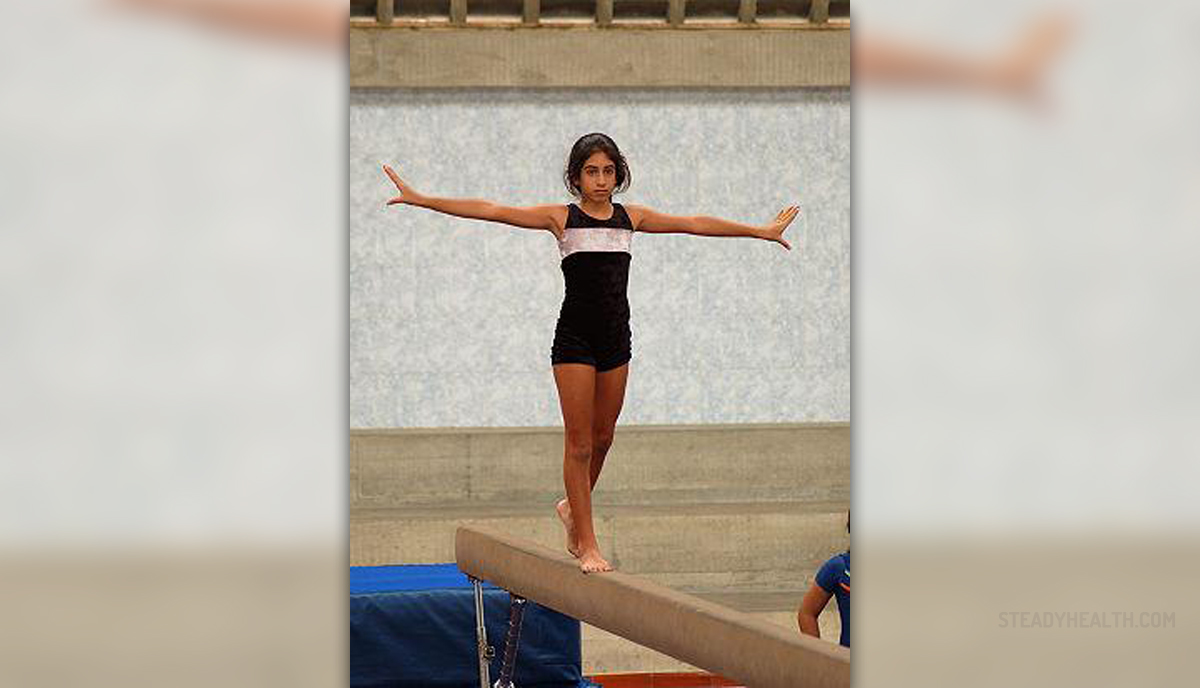
One of the first things we learn duringour physical development is maintaining a proper balance and walking.Both of these factors are extremely important and present a basis formany other physical skills we will develop later on.
Balancing and gait are both crucialfactors of our advancement and development. Even though we are notaware of it most of the times, picking up objects requires extremecontrol of numerous bodily movements and without balance this isimpossible.
Importance of Child PhysicalDevelopment
Learning how to control your physicalbalance is some of the first skills you learn during your childhood.Namely, everything we do, from sitting to feeding requires balance.Additionally, if we do not master our balancing techniques, we cannotput on clothes, let alone walk, ride a bicycle or use a wheelchairand similar pieces of assistance equipment.
Thus, balance is an umbrella termencompassing numerous factors including locomotion, manipulation,mental focus and strong sense of perception, physical fitness,concentration and motivation. Most children gain these skills throughthe normal developmental stages they experience as they get older.
However, children who are impaired incertain ways, through physical, sensory or cognitive problems arelikely to experience balance and gait problems too. If this is thecase, these children will need therapeutic support in order to fullyovercome these problems.
As far as this, assisted development isconcerned, water presents an excellent environment for therapy,allowing children to regain their balance easier and avoid falling orgetting hurt during the performance of the necessary exercises.Moreover, water reduces the sense of body weight, making it easierfor children to control their bodily movements and learn how tomanage them successfully, boosting their cardiovascular fitness atthe same time.
Balance and Gait Training
Some of the best underwater activitiesfor these purposes are balance beam, poly trails, aqua steps andlocomotor patterning. Once the children manage to learn theseimportant balance and gait skills underwater, they gradually gettransferred to hard surface or land, where they can practice the sameskills in real-life environments.
Sometimes, balance and gait trainingcan take place without the usage of any special techniques andapproaches, focusing solely on exposing the child to his/her everydayenvironment, allowing him/her to explore it as much as possible,supporting him/her and providing assistance when necessary.
Note that balance is hardly somethingthat can solely be attached to standing still or walking. Rather,balance manifests through various bodily positions we take on a dailybasis. Thus, sitting, kneeling, crouching and supporting oneselfwhile on all fours, all are situations which require excellentbalance management.
Music can be involved in balance andgait training too, contributing to the rhythmical support of theactivities, making it possible for the children and grown-upsundergoing the therapy to control their movement better and relaxduring the therapy. Taking into consideration that dancing requiresbalance too, it is certainly useful for helping one learn how tocontrol his/her balance and gait successfully.
Children may be reluctant to performcertain exercises over and over again. Yet, this may be necessary incertain situations and you are advised to motivate them throughmusic, various props and some other exercise modifications.
All in all, many steps need to be takenin order to help a person regain his/her balance and learn how towalk properly, regardless if this requires assistance of some type ornot.
Balance and gait training boost one'sposture, contributing greatly to all walks of life. Normal posture,when not maintained, may deviate and become inadequate. Suchoccurrences fossilize over time and become normal themselves, makingit impossible for one to consciously overcome them. Therefore, payingattention to your body posture during balance and gait training is acrucial factor too.
In general, balance and gait trainingreduces the risk of falling in both older adults and children. Thisis achieved through the exercises mentioned above, as well asstrength training. Keep in mind that we are not born with a sense ofproper balance. Rather, we learn this as we develop all other skillswe have. However, this requires constant practice and new challenges.
Ultimately, balance and gait traininghelps one to overcome the fear of falling, which is the commonproblems of those who have not mastered these skills yet. Thus, thistraining boosts our social, psychological and physical well-being,teaching us how to gain better control over our body, resulting in abetter quality of life subsequently.
All in all, physical therapy is a greatway of helping your child learn how to balance his/her body, walkproperly and perform all activities necessary for leading a happylife. Moreover, these exercises can help individuals who cannot walkor maintain their balance properly due to injuries or some otherhealth problems they have.


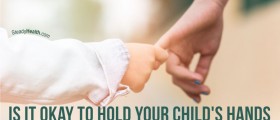
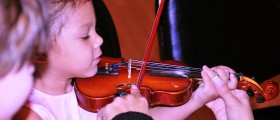

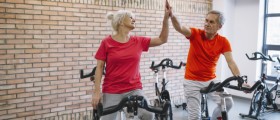
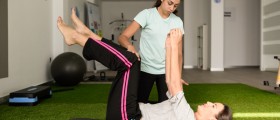

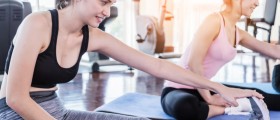

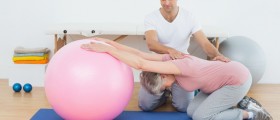

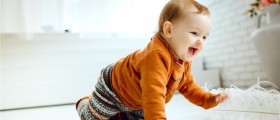
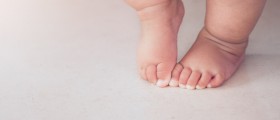
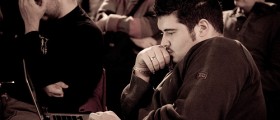
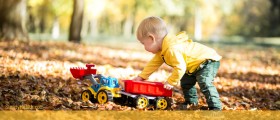

Your thoughts on this
Loading...